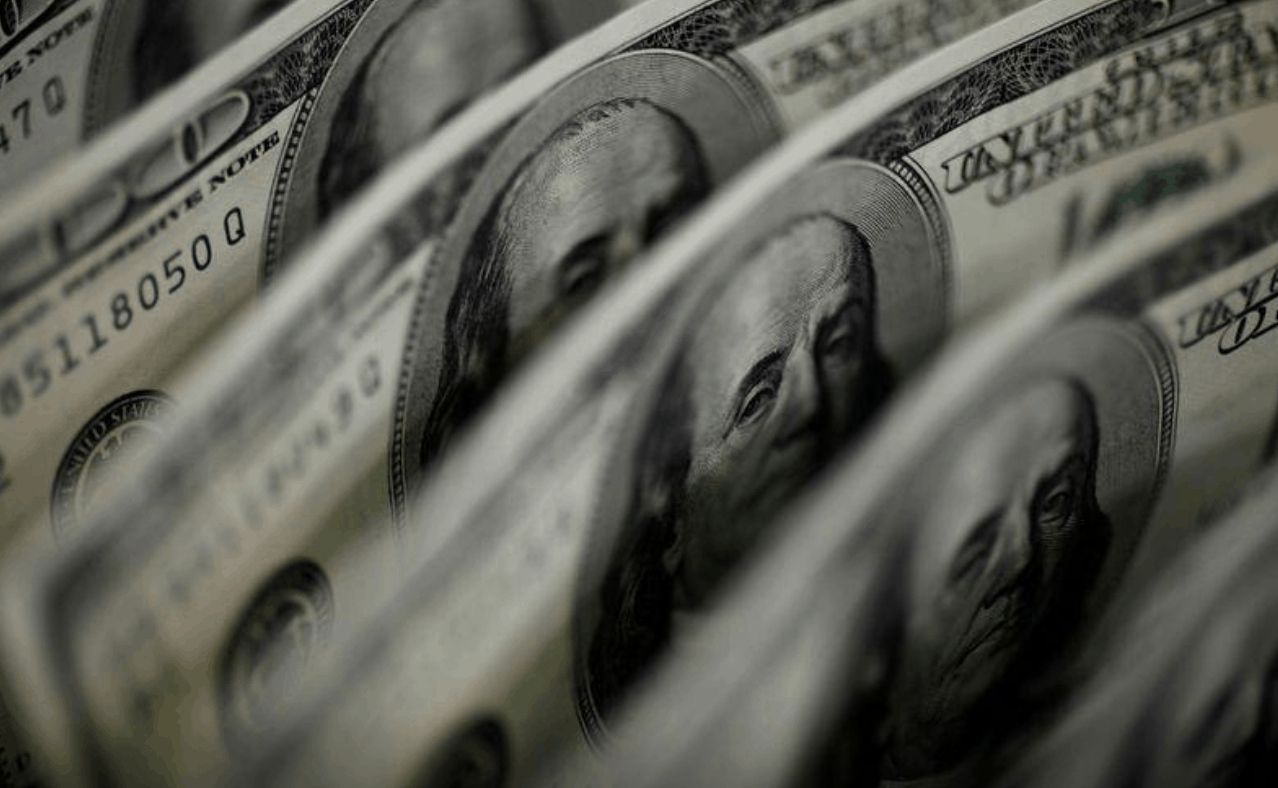A rebound in global market sentiment put new momentum behind the dollar decline on Monday, while riskier currencies strengthened, as optimism about U.S. President Joe Biden’s stimulus plans took precedence over the impact of COVID-19.
Market sentiment had turned more cautious at the end of last week as European economic data showed that lockdown restrictions to limit the spread of the virus hurt business activity, dragging stocks lower.
The mood picked up on Monday, however, lessening demand for the safe-haven U.S. dollar. The dollar index fell overnight and was down 0.2% at 90.094 at 0758 GMT.
Analysts expect a broad dollar decline during 2021. The net speculative short position on the dollar grew to its largest in ten years in the week to Jan. 19, according to weekly futures data from CFTC released on Friday.
The U.S. Federal Reserve meets on Wednesday and Fed Chair Jerome Powell is expected to signal that he has no plans to wind back the Fed’s massive stimulus any time soon – news which could push the dollar down further.
“The process of tapering QE is likely to be a gradual process which could last throughout 2022, and then potentially be followed by the first rate hikes later in 2023,” wrote MUFG currency analyst Lee Hardman.
“In these circumstances, we continue to believe that it is premature to expect the US dollar to rebound now in anticipation of policy tightening ahead, and still see scope for further weakness this year,” he said.
In a phone call on Sunday with Republican and Democrat lawmakers, officials in President Biden’s administration tried to head off Republican concerns that the $1.9 trillion stimulus proposal — hopes for which have lifted market sentiment since the U.S. elections last year — was too expensive.
RELIEF MEASURE
Lawmakers from both parties said they had agreed that getting the COVID-19 vaccine to Americans should be a priority, but some Republicans objected to such a hefty package only a month after Congress passed a $900 billion relief measure.
The euro was flat against the dollar, at $1.2174. At the European Central Bank meeting last week, President Christine Lagarde said the bank was closely watching the euro. The euro surged 9% last year versus the dollar and reached new two and a half year highs earlier in January.
But despite this verbal intervention, traders remain bullish on the euro, expecting the bar for a rate cut to be high.
Ulrich Leuchtmann, head of FX and commodity research at Commerzbank, wrote in a note to clients that in the short term the threshold for a rate cut is high and in the long term more than one or two cuts would be impossible.
“Things are more complicated medium-term,” he said. “Even if the ECB does not want to cut interest rates: if the euro were to become so strong, we cannot be certain that it might not tweak interest rates after all.”
Elsewhere, the Australian dollar, which is seen as a liquid proxy for risk, was up 0.2% at 0.773 versus the U.S. dollar at 0822 GMT.
Australia approved the Pfizer-BioNTech COVID-19 vaccine for use but warned AstraZeneca’s international production problems mean the country would need to distribute a locally manufactured shot earlier than planned.
The New Zealand dollar was up 0.4%, while the commodity-driven Norwegian crown was up 0.3% versus both dollar and euro.
The safe-haven Japanese yen was flat on the day at 103.735 versus the U.S. dollar.
The Swiss franc lost out slightly versus the euro, with the pair changing hands at 1.0786 at 0829 GMT.

